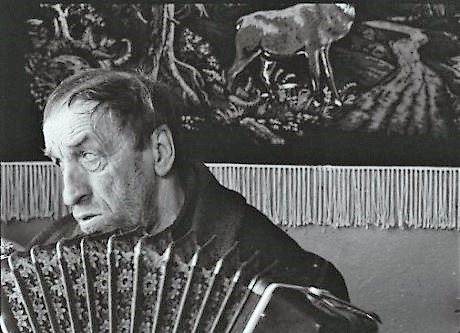


What is documentary?
A month ago I was teaching at the film school department of the Lithuanian Academy of Music and Theatre in Vilnius. The first morning of the week I asked the students to write down 3 words that comes to their mind, when they hear the word “documentary”. We put the words on a whiteboard. At the end of the week we looked at the many words after having discussed and watched many films. Screenwriter student Eva Sinicaite (PHOTO)volunteered to make an essay out of the words, here it comes:
Wikipedia describes documentary as a nonfictional motion picture intended to document some aspect of reality, primarily for the purposes of instruction, education, or maintaining a historical record.
But anyone would agree, that this is a big understatement. Documentary is much more than that. It is an observation of reality. Three partners – time, sound and picture – dance together, creating poetry on screen. Using your own style and aesthetic, you can create a unique world. This world can be directed, put into structure or set free to flow naturally – like life does. Documentary enables you to portray emotions, very intimate and sensitive moments. These truthful glimpses change you. There is no better way to see the point of view of others, to acknowledge different perceptions. To explore the lines between concepts – subjective or objective, fiction or reality. To teach and learn history through individual stories. To get to the core of philosophy simply by contemplating life. To give an ironical approach, to provoke people, to make contrasts, to inspire…
There are so many words that the description of documentary cinema contains, almost as many as the concept of existence does. Maybe because documentary is life itself. So just open your eyes, hearts and minds and indulge in this extraordinary world.

The photo is from the favourite documentary of Eva Sinicaite, “Earth of the Blind” (1992) by Audrius Stonys.